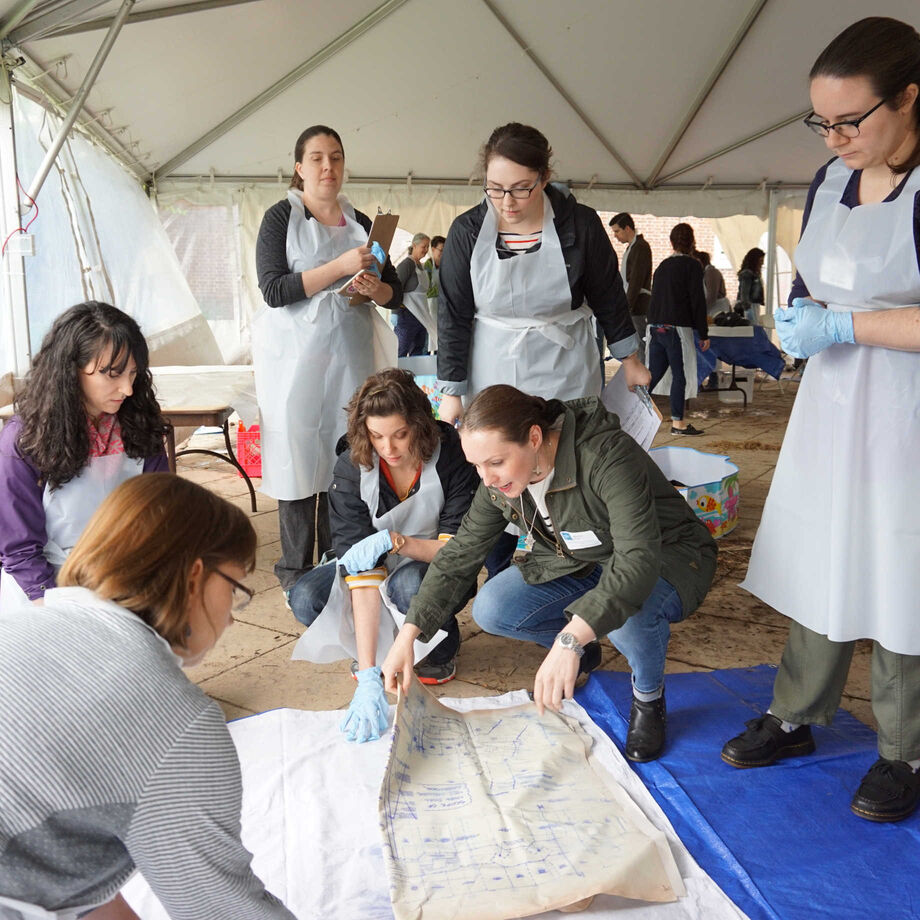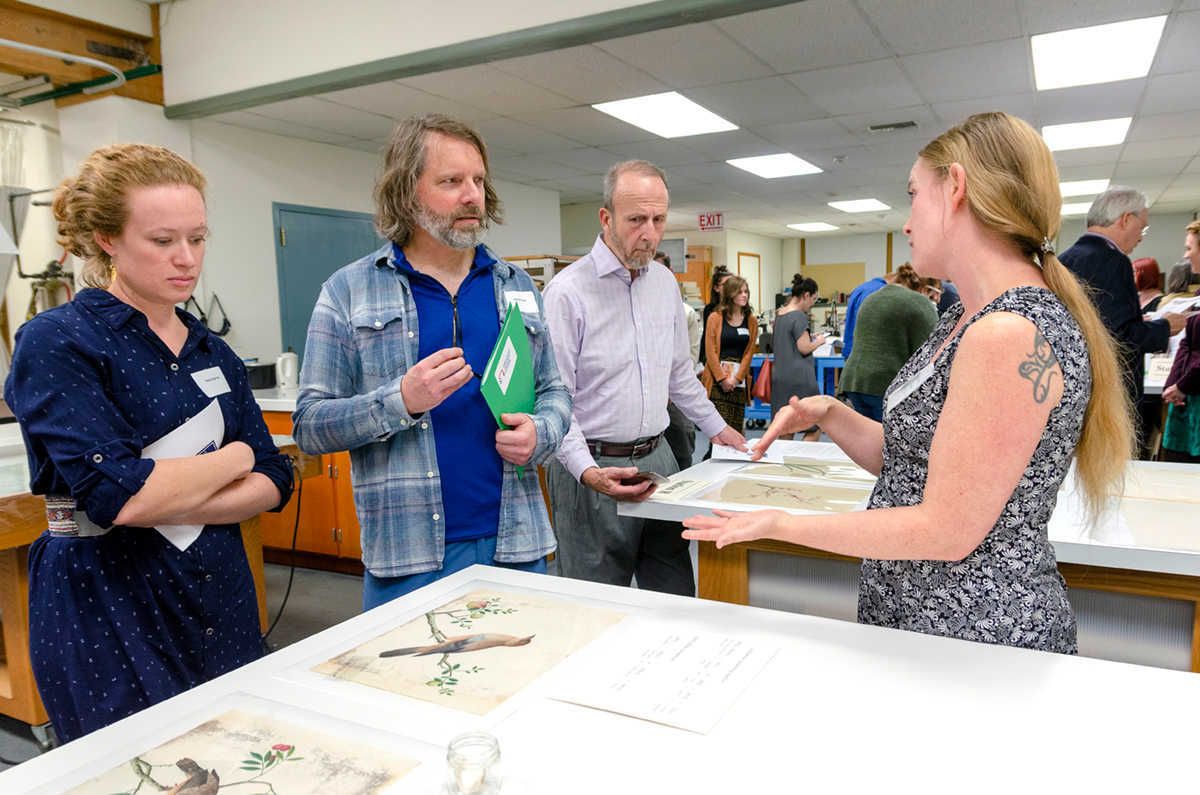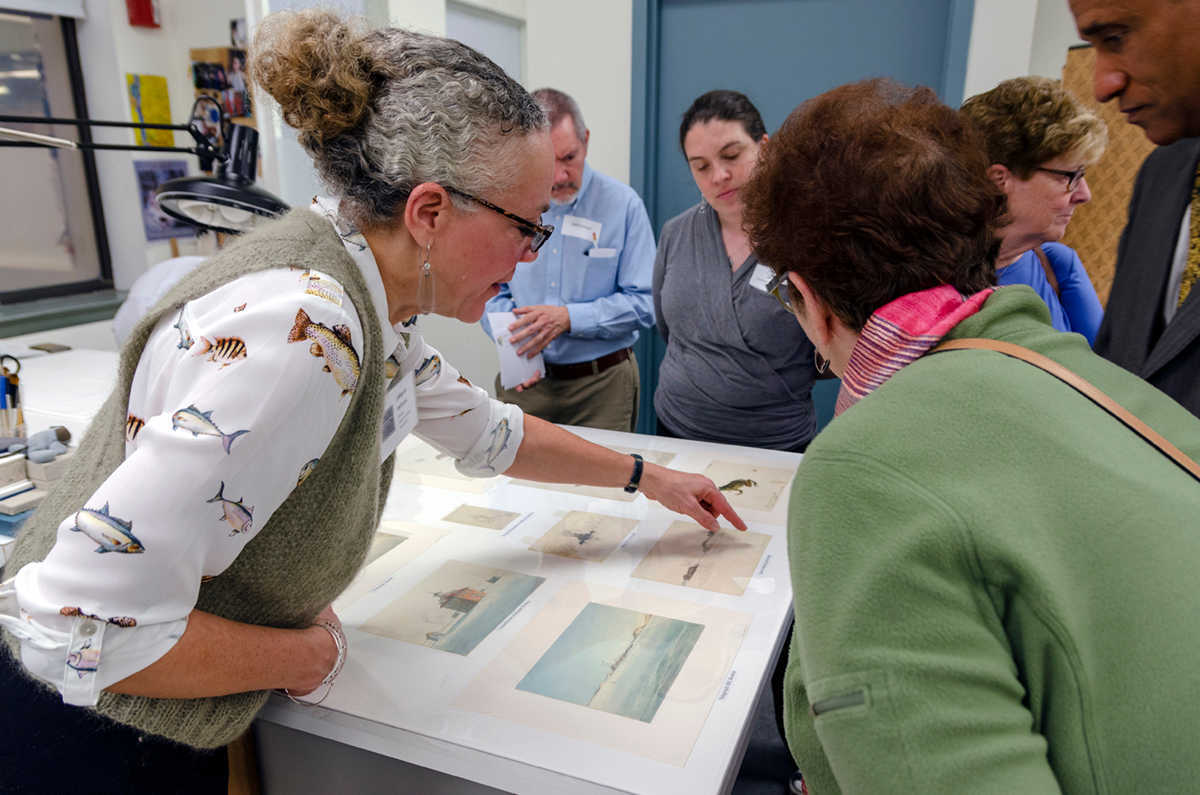
With funding from that National Endowment for the Humanities, CCAHA offers emergency planning and conservation services to cultural institutions from across the country. Image courtesy of CCAHA.
The Conservation Center for Art & Historic Artifacts (CCAHA) has provided preservation assistance to cultural institutions across the country since 1977 and was established with the primary goal of serving institutions with limited means. Over the past four decades, National Endowment for the Humanities funding has helped the organization survey and provide preservation consultations to archives, historical societies, libraries, and museums. In 2002, a challenge grant that raised more than $300,000 in non-federal funds helped CCAHA establish an endowment for preservation services. Most significantly, the NEH has supported CCAHA’s regional field services program for the Mid-Atlantic States since 1998. Through the program, CCAHA has offered education and training for thousands of individuals representing hundreds of institutions in the United States, ensuring that our cultural and intellectual heritage is preserved for centuries to come. In 2017, CCAHA expanded its NEH-funded work to create the Regional Heritage Stewardship Program, a concerted effort to reach chronically-underserved areas of the United States.
–Mandy Higgins, Kentucky Historical Society

